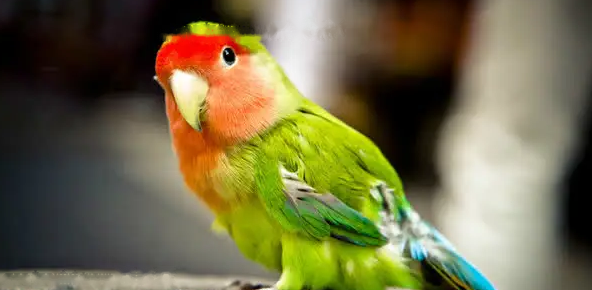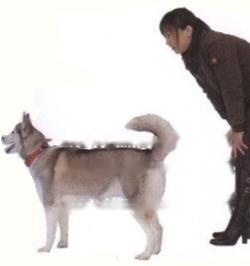petnet learned that the red dragon is only one of many members of the ancient fish family. However, compared with other ancient fish species, the love and care received by the Red Dragon is by no means comparable to other fish species.
On earth, since it can be called a member of the ancient fish, there must be a long time to go back. As early as 345,000,000 years ago, this group of bone tongue fish families belonging to the family Osteophyte were already active in the waters of the ancient continent of Gondwana! After that, with the movement of the earth's crust, the ancient continent of Gondwana was scattered into several large pieces. The New World of today's Americas, Africa, Australia, etc. was formed, and the bone tongue fish families naturally dispersed along with it.
At present, the focus of attention in all of Asia is on the dragon fish produced in Southeast Asia. This type of dragon fish, because of its bright red color, is very popular among the eastern peoples. The red arowana has long been grown in the local area, but it was only raised by local Indonesians and Chinese in 1970 for viewing in the pond. It is in the lower reaches of the Kahong River. Due to the wide river surface and deep water, it is not easy to catch small dragon fish or medium dragon fish during the day. The local indigenous people use it at night. When the water surface is cold, no matter the large, medium or small dragons will appear in the shallow water area by the river. Foraging characteristics, fishing for small and medium-sized fish, or specializing in broodstock with mouthfuls of juvenile arowana. Or take advantage of September to February of the next year, when the rainy season in Kalimantan comes, due to the occasional rain, the water level will skyrocket, and the submerged is close to the low level. It is the same as the pond, but at first it swam into the low-lying area due to foraging, but after the water receded, it was not able to swim back to the main river. It was like a turtle in a urn, which was fished with the indigenous people. In this way, the difference in water level occurred by taking advantage of the rain in the rainy season. The number of catching red dragons is the largest, which is the main reason why it was commonly known as the birth period in the past. In the later period, due to a large number of overfishing in the lower reaches and the shortage of fish sources, they began to fish in the middle and upper reaches. Since most of the middle and upper reaches are virgin forests, densely covered with swamps, and the main river surface is relatively narrow, the local indigenous people built wooden houses by the water to live. In and out, boats are used as means of transportation, and wooden bridges are built between the wooden house and the wooden tail to communicate with each other. The indigenous people take advantage of the characteristics of the section to use fences that can only enter but not exit. way, until late at night to the shallow water to catch arowana. Japan, the United States, Thailand, Malaysia, Taiwan and other countries have gradually set off a wave of raising dragon fish. In 1980, it was a sensation in the aquarium world. It was widely loved by fish lovers. Market prices have remained high, which in turn has led to widespread indiscriminate arrests in origins. Many large arowanas and juveniles are transported from time to time in various smuggling ways around the world.
![[Dog Training 5] The training method of pet dog dining etiquette](/static/img/12192/12192_1.jpg)



